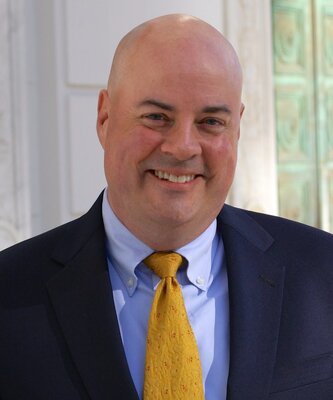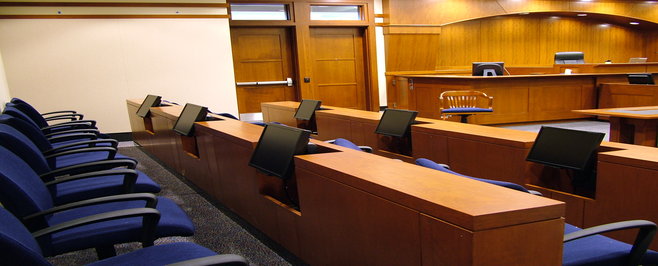Rich Matthews is our Latest Featured Speaker!
Our latest featured speaker is Rich Matthews from Jurology!
Rich is a popular and knowledgeable speaker on jury issues. Rich repeatedly presents at our jury selection programs such as our two-part Art of Jury Selection California program from July 12, 2022-July 14, 2022.
Rich will speak at our upcoming Mastering Jury Selection and Winning Jury Trials: The Right Story for the Right Panel, a two-part webinar on December 12, 2023 and December 14, 2023.
For more than 20 years, Rich has been an attorney, trial consultant, and “mythbuster” for a lot of the widespread but often incorrect beliefs about jurors and jury selection. Rich combines research with psychology with artistic craft to create the best frames and themes for your case . . . and get the best results from jurors or in settlement.
His expertise includes separating jury issues from the legal issues; crafting the themes and frames that will shape juror perception of a case; writing openings and closings like a human actually speaks to other humans and in a story format that will bring your audience to your case (rather than the reverse); witness preparation; and all things related to jury selection from juror questionnaires and voir dire questions to exercising cause and peremptory challenges.
Rich has innovated the use of focus group results at mediations and in negotiations to achieve better settlements in a shorter time than clients had experienced without them.
Rich has appeared on national television and in major publications offering commentary on high profile trials. He serves on the California Bar’s Litigation Section’s committee for comment on proposed revisions to California’s standard jury instructions, lending his juror expertise to improving the understandability and clarity of jury instructions.
Rich works nationwide and is located in San Francisco and received his J.D. from the University of Oregon School of Law.


